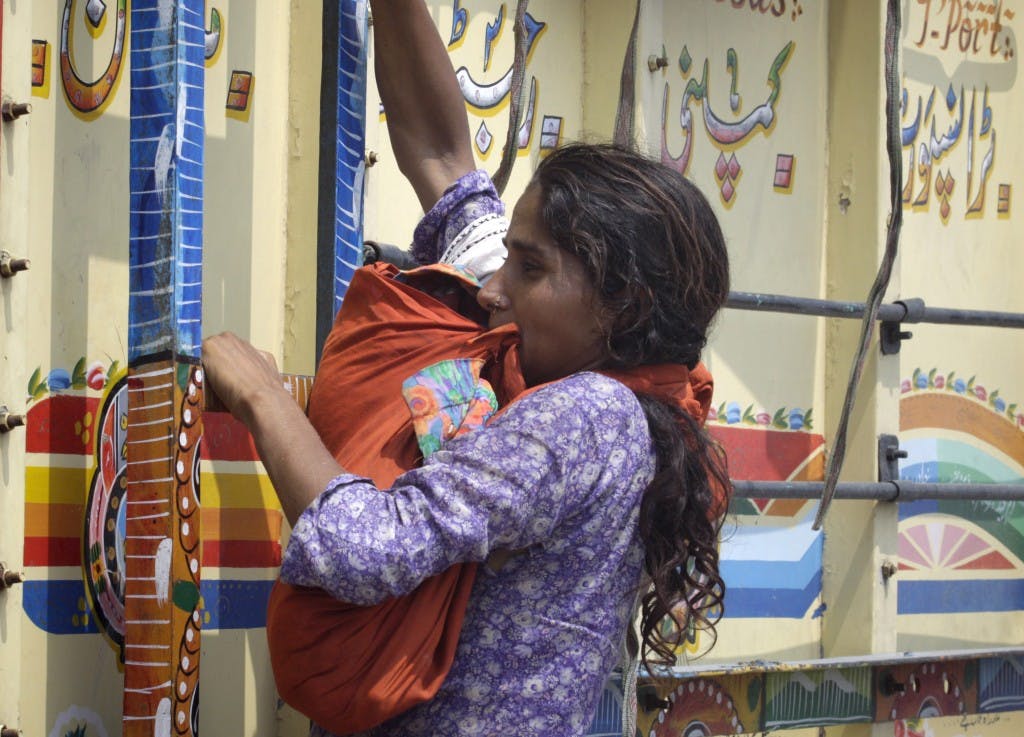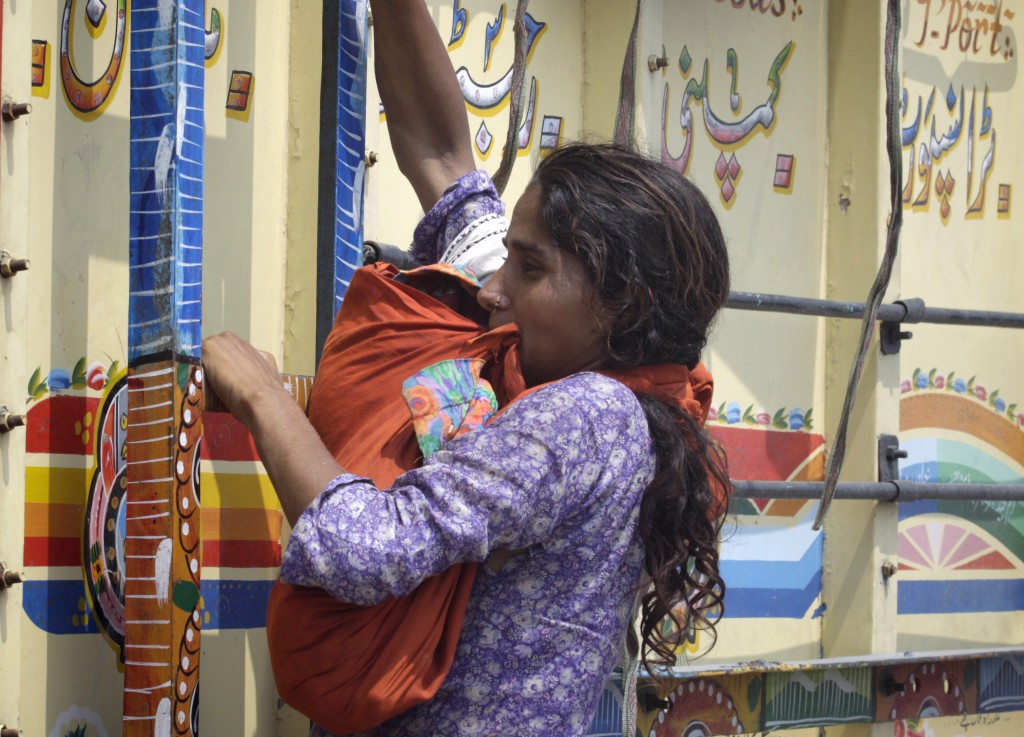The Face of the Movement
Jan 21, 2015
Story


As part of the Global Fund for Women's Communications team, it's my job to select photos to accompany a particular story or, just as often, fundraising appeal. And what I've learned is that the type of images that work best to help raise resources for the women's movement are not the type of images we want to promote.
In the US, we are bombarded with "asks" in the latter months of the calendar year, each more urgent than the last. And usually the images that accompany these requests are of women (sometimes children) who look desperate: they are thin with hunger, they are sitting despairingly amid the wreckage from an earthquake, they are weeping at the loss of a loved one due to the latest disaster. Images like these can raise millions of dollars, pulling on the heartstrings of all who see them.
At the Global Fund for Women, we do not favor images like these, no matter how effective they may be. We know that women are not passive: we struggle. We know that women are not weak: we are strong. We know that women are not victims: we are survivors, thrivers, builders of a new world.
But it can be very difficult to represent the struggle, the strength, the building in a clear visual way. Photos of women working and claiming their power can be very difficult to find. For a recent campaign to help women in Pakistan rebuild after the flood, I selected a photo of a woman clinging to a truck, holding her baby in a sling clenched in her teeth. I loved the image, but I wondered: will this motivate people to read this story? Will it inspire donors to act? Will the reader see what I see: strength, endurance, creativity, energy, righteousness? Will they see a hero?
A related question is how a photograph of one woman can represent the struggles of many. In the fundraising world we see over and over again how personal stories can be so compelling, so extraordinary, that hundreds or thousands of people will respond. On the one hand, that's a wonderful lesson. But when I think of the work we all do together as part of the women's movement, the groups of women that the Global Fund supports, and the changes we all work together to foster in our neighborhoods, communities, states, and nations, I can't help feeling that pictures of groups of women should be even more powerful -- as many are more powerful than one.
Yet the image of a single woman is almost always more visually striking, more emotionally engaging, than an image of a group. It bothers me, the same way it bothers me knowing that a picture of a victim will bring in more money than a picture of a hero. And of course, few people will bother to acknowledge that the victim is also a hero, and that many heroes are also victims.
When selecting photos in the course of my work, I am constantly aware of this tension. I try to choose with sensitivity and awareness of these contexts, remembering that while no one woman can be the face of the movement, each woman's story is part of the whole.




